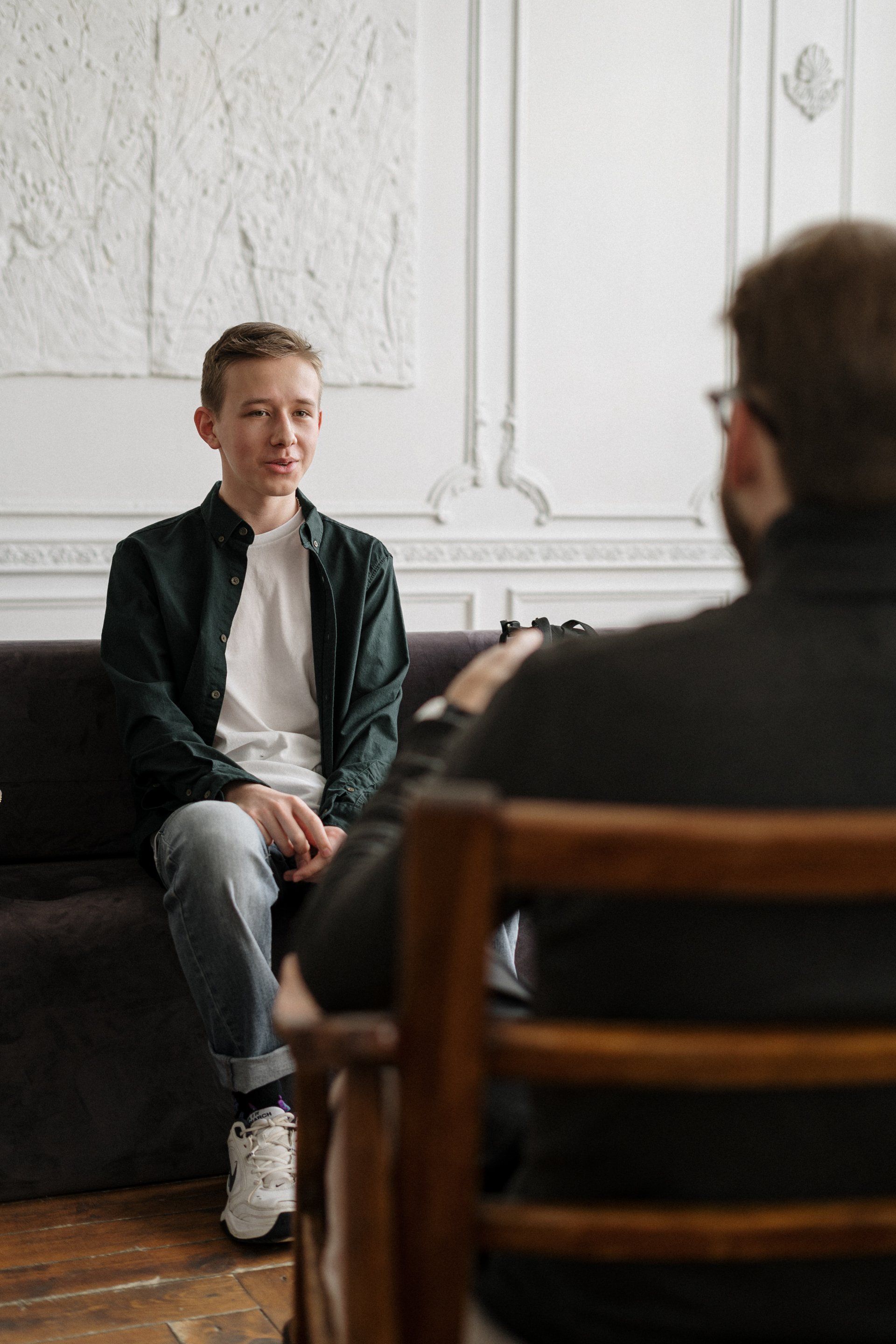Comprehensive Stroke Rehabilitation: The Dual Power of Physiotherapy and Occupational Therapy
PHYSIOTHERAPY & OCCUPATIONAL THERAPY IN STROKE REHABILITATION
Recovering from a stroke is a journey that requires not only time and patience but also the right rehabilitation strategy. At WELL REHAB, we understand the critical role that physiotherapy and occupational therapy play in stroke rehabilitation. These therapies are pillars of a comprehensive rehabilitation program, helping individuals regain independence and improve their quality of life. This article explores how physiotherapy and occupational therapy contribute to effective stroke rehabilitation and why they are essential components of recovery.
The Impact of Stroke on Daily Life
A stroke can significantly impact an individual's physical, emotional, and cognitive abilities. It may lead to paralysis, weakness, coordination problems, and difficulties in performing daily tasks. Rehabilitation is crucial for stroke survivors, as it helps mitigate these effects, aiming for the best possible recovery.
The Role of Physiotherapy in Stroke Rehabilitation
Physiotherapy is instrumental in the early stages of stroke recovery. By focusing on movement and function, physiotherapists help patients regain strength, balance, and coordination.
Key Benefits of Physiotherapy:
Improved Mobility: Tailored exercises enhance muscle strength and joint flexibility, crucial for regaining movement.
Enhanced Balance and Coordination: Balance training is essential to prevent falls and improve stability.
Gait Training: Techniques to improve walking patterns and mobility are a central part of physiotherapy for stroke patients.
Physiotherapy not only addresses the physical aftermath of a stroke but also boosts confidence as patients make progress in their rehabilitation journey.
The Contribution of Occupational Therapy to Stroke Recovery
Occupational therapy complements physiotherapy by focusing on improving the ability to perform daily activities. This therapy is centered on enhancing cognitive and fine motor skills, along with adjusting living environments to the patient's new abilities.
Key Contributions of Occupational Therapy:
Regaining Independence: Occupational therapists work on self-care skills such as dressing, eating, and personal hygiene.
Cognitive Rehabilitation: Activities and strategies are designed to improve memory, concentration, and problem-solving skills.
Home and Work Modifications: Therapists recommend modifications to the home and workplace to accommodate the patient's needs, promoting independence and safety.
Occupational therapy offers a holistic approach, addressing both the physical and psychological aspects of recovery, enabling patients to lead fulfilling lives post-stroke.
Integrating Physiotherapy and Occupational Therapy for Optimal Recovery
At WELL REHAB, we believe in a multidisciplinary approach to stroke rehabilitation. Integrating physiotherapy and occupational therapy ensures a comprehensive recovery plan tailored to the individual needs of each patient. This collaborative approach maximizes recovery potential by addressing all facets of rehabilitation—physical, cognitive, and emotional.
Success Stories: Triumphs Over Stroke
WELL REHAB has witnessed numerous success stories of stroke survivors who have made remarkable recoveries through our integrated rehabilitation programs. These stories serve as a testament to the resilience of the human spirit and the effectiveness of combining physiotherapy and occupational therapy in stroke rehabilitation.
Conclusion
Stroke rehabilitation is a complex process that requires a dedicated team of professionals. At WELL REHAB, our physiotherapists and occupational therapists work hand in hand to provide a personalized and effective rehabilitation plan for each patient. If you or a loved one are on a journey to recovery after a stroke, know that comprehensive rehabilitation can pave the way to regaining independence and improving the quality of life. Explore our services and let us be part of your recovery journey.




